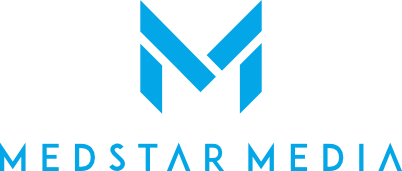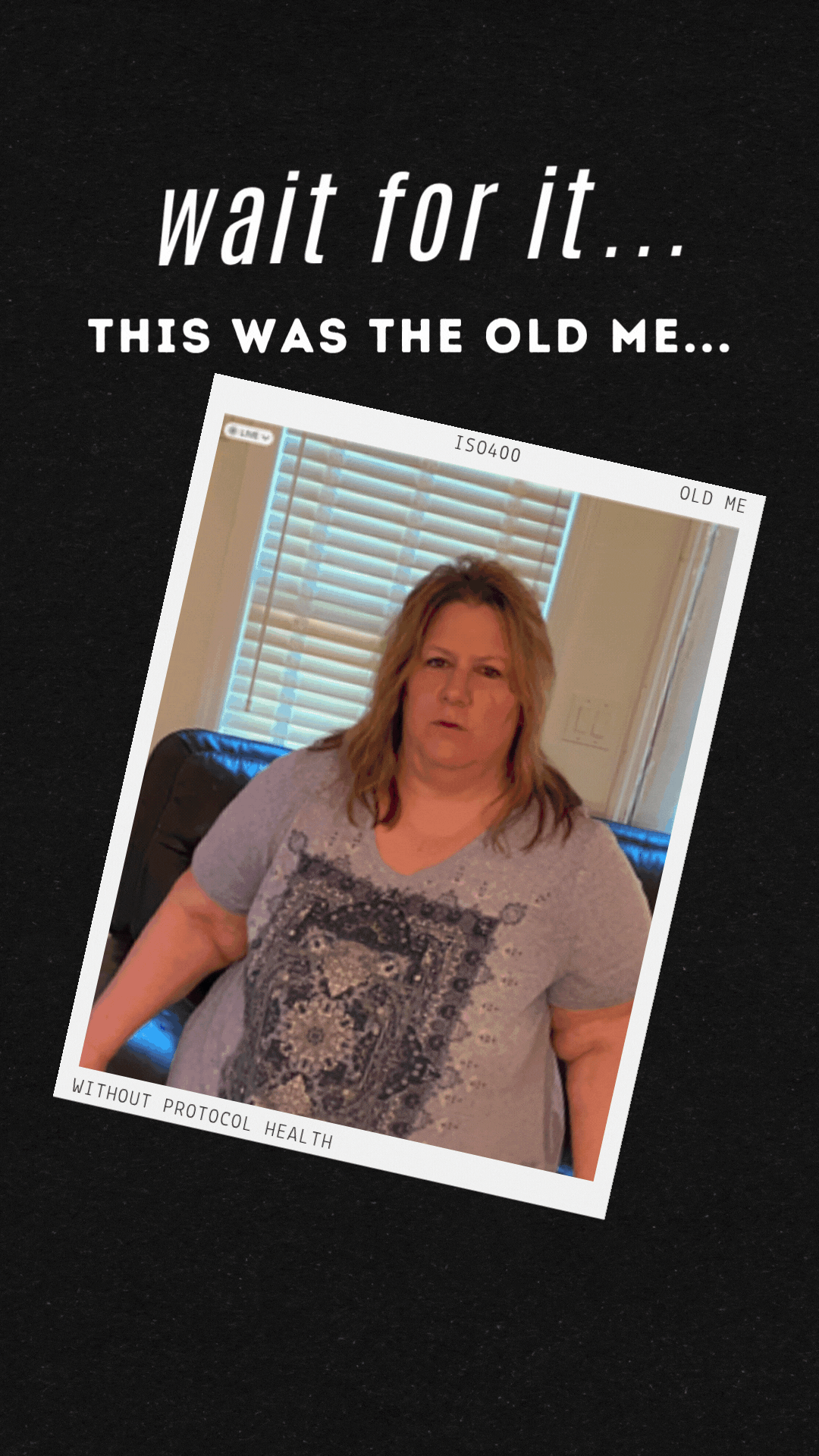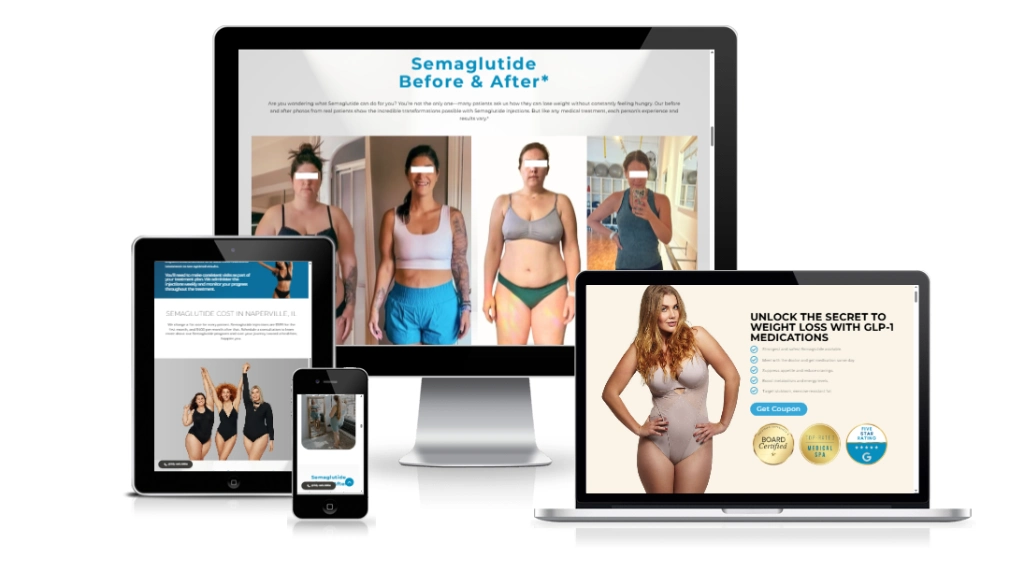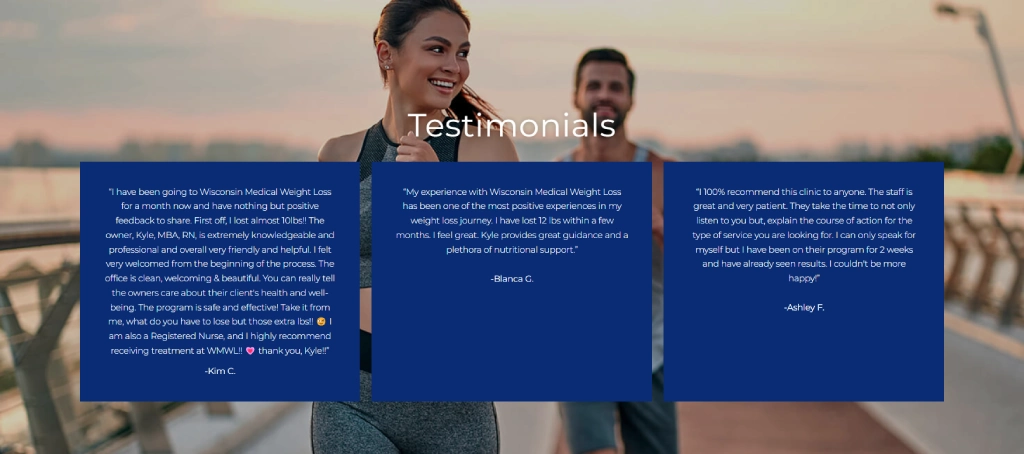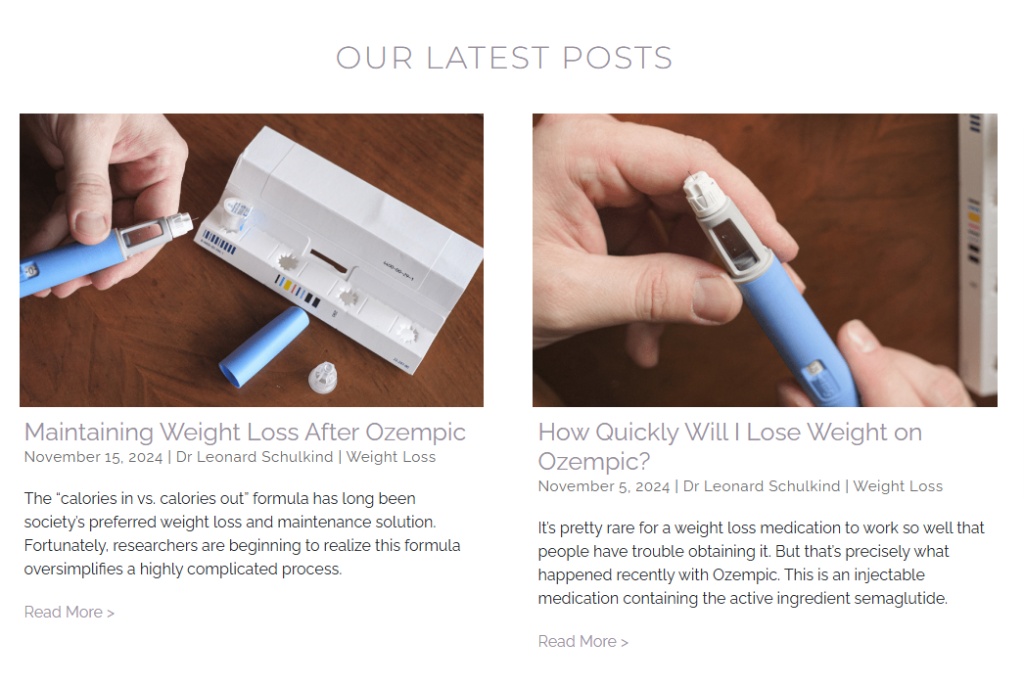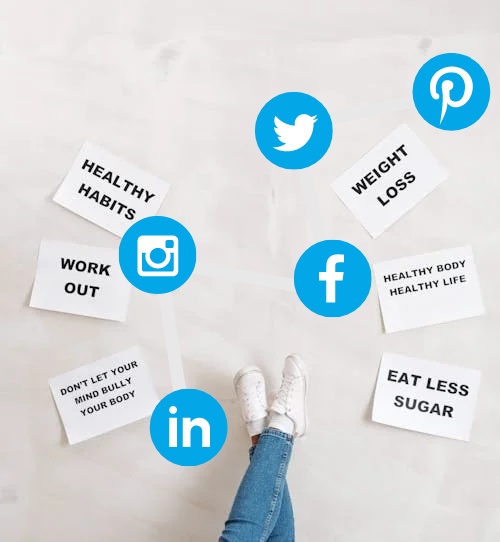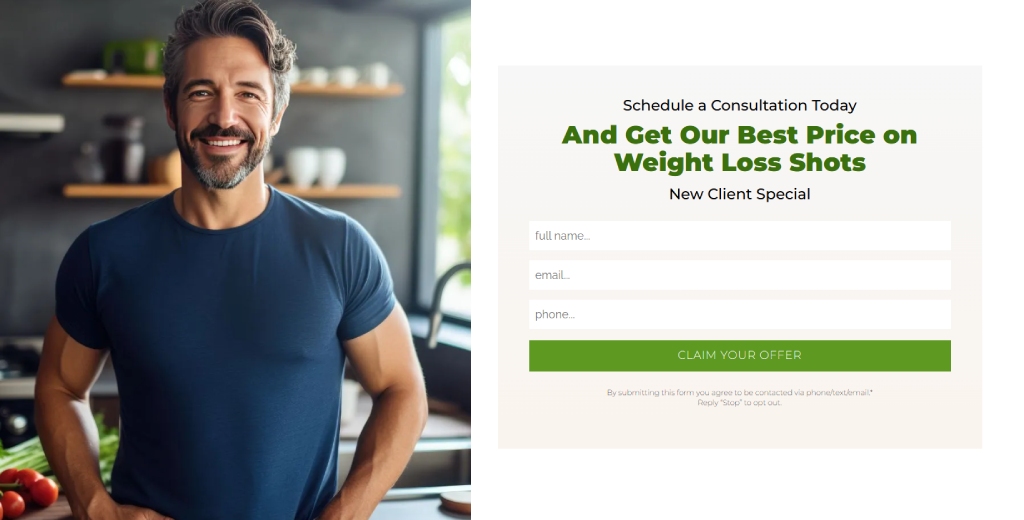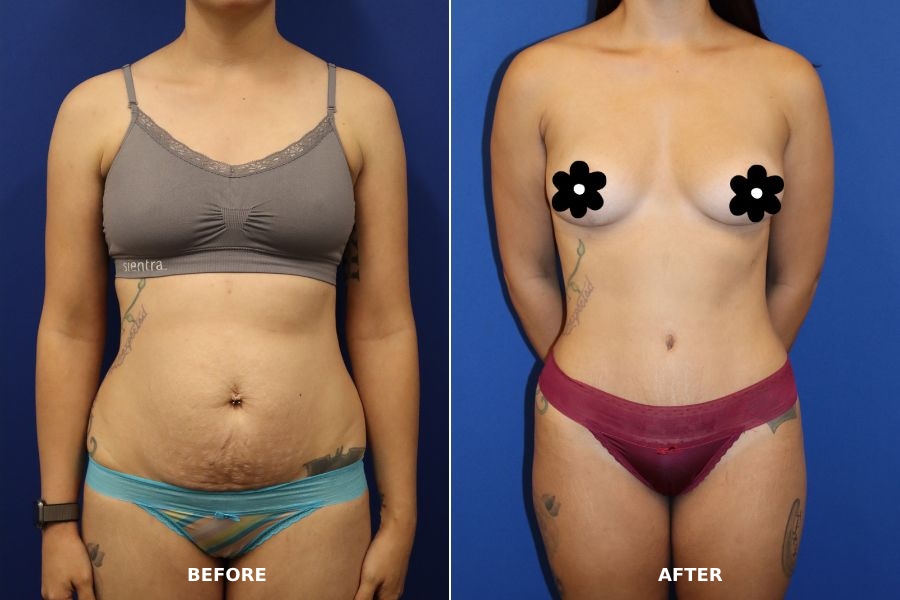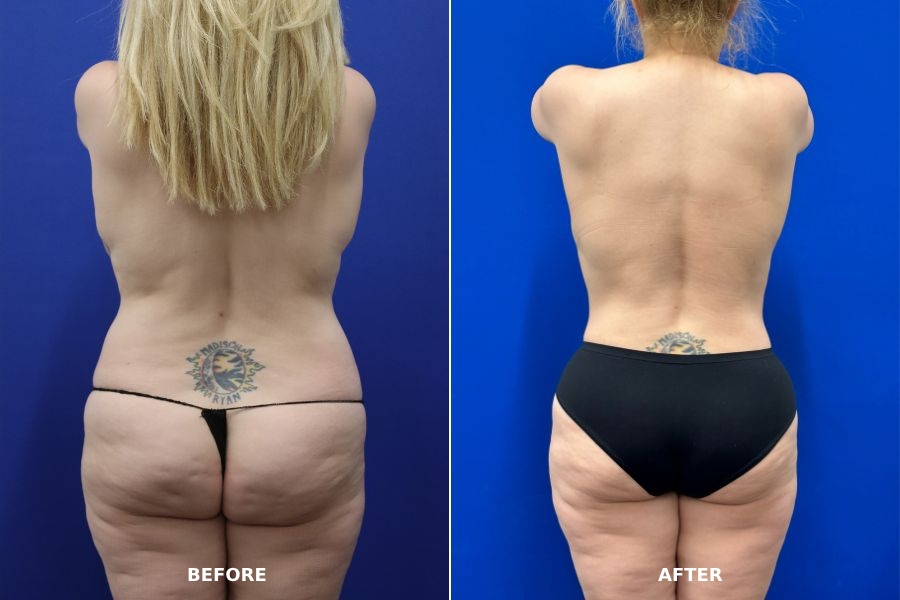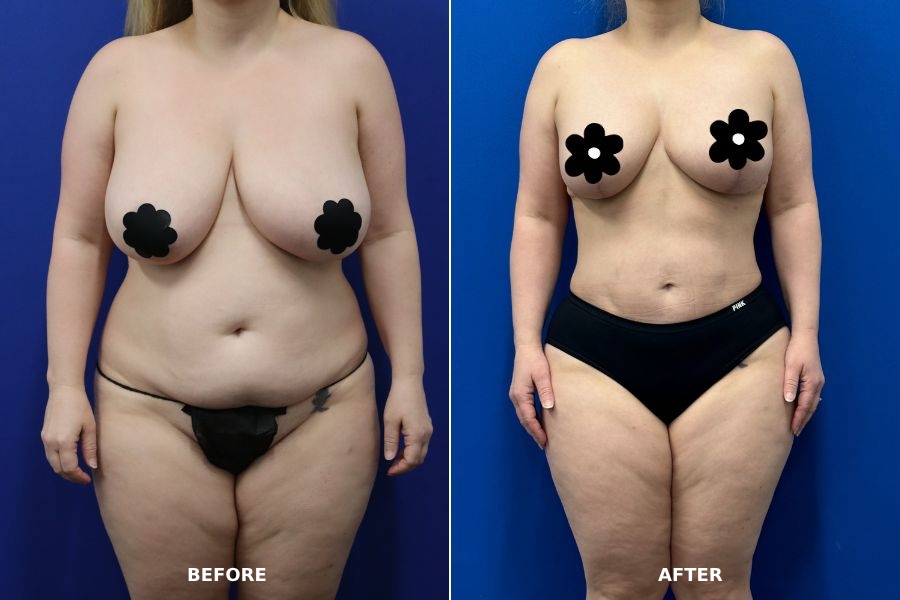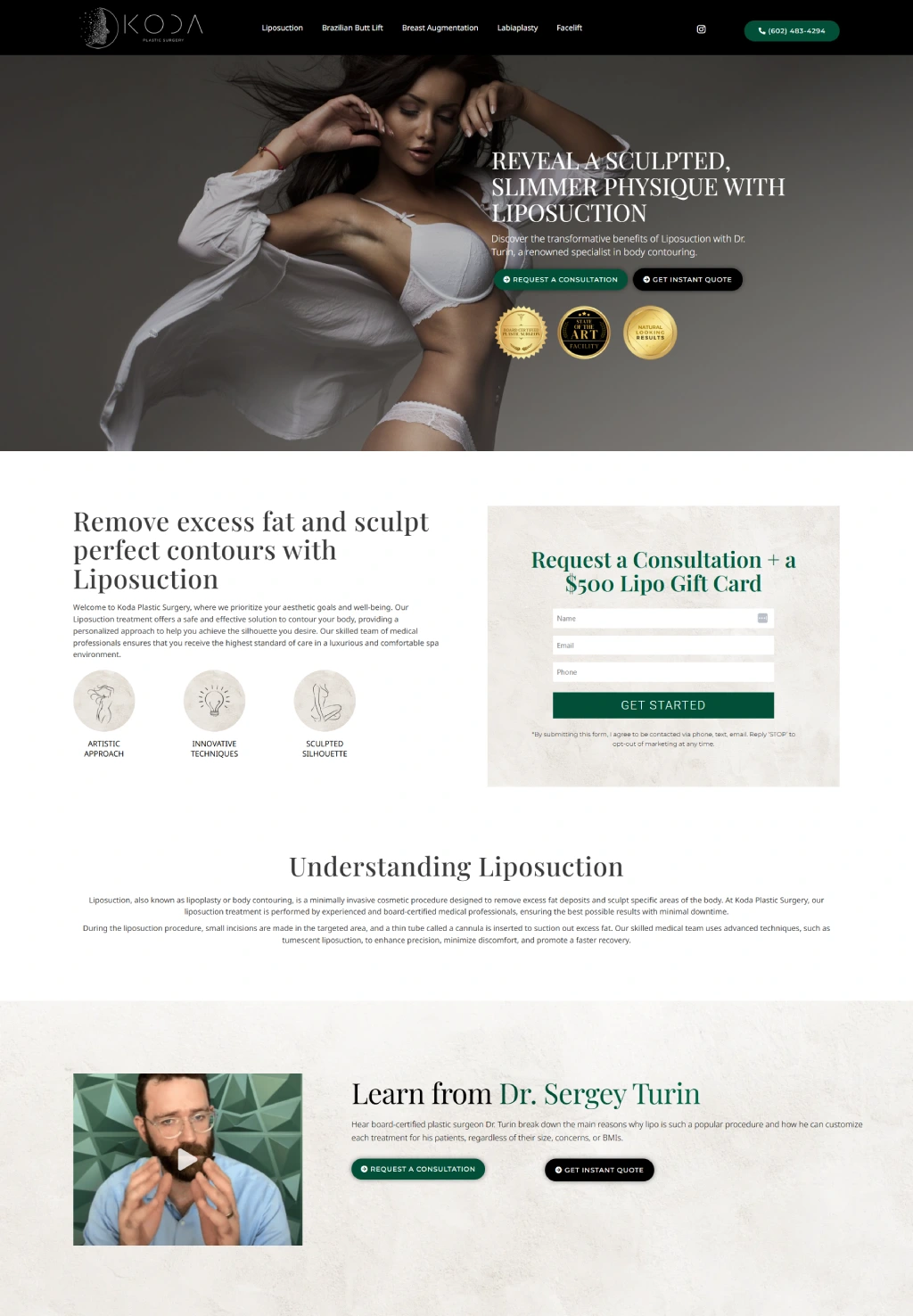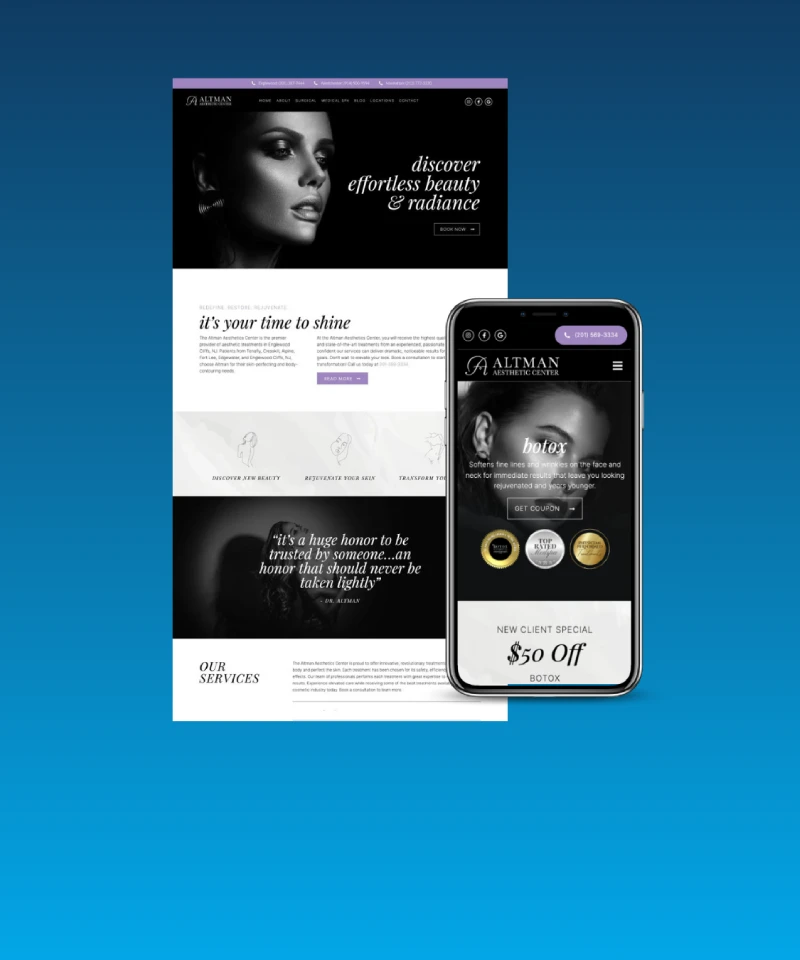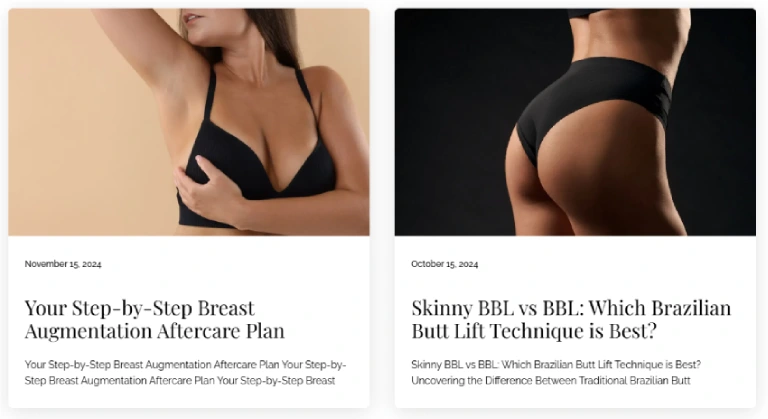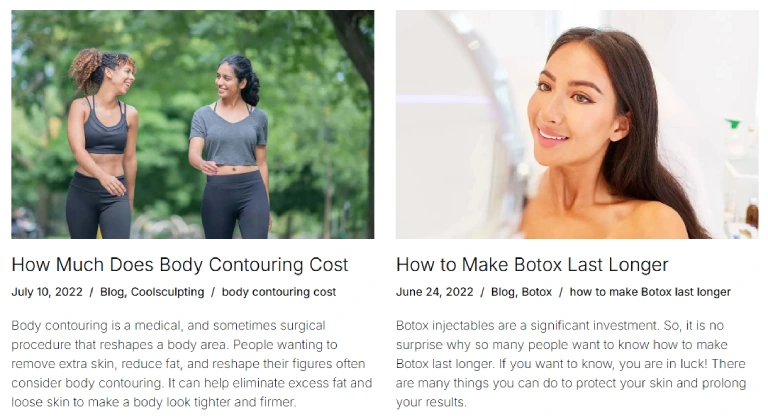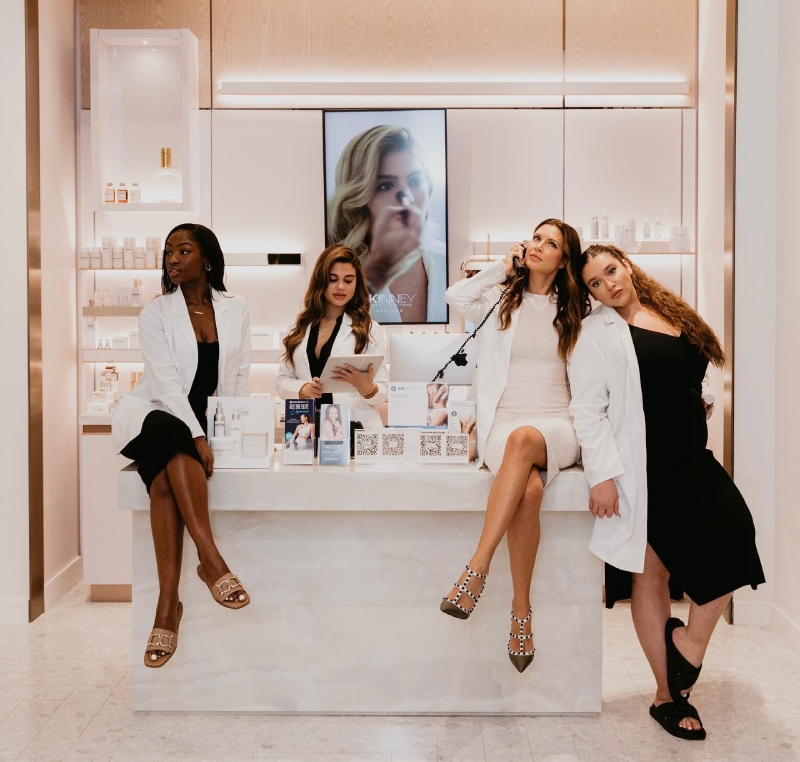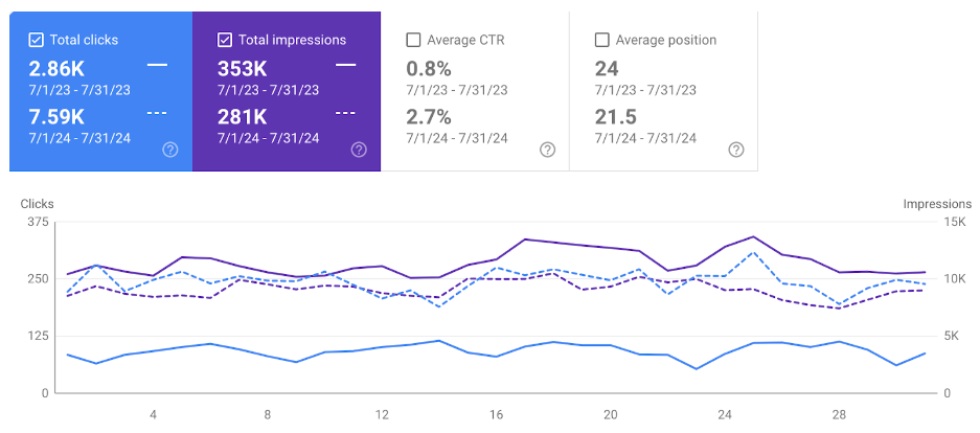How to Increase Consultation Conversion Rates in Medical Aesthetics: The Complete Guide for Medspas and Plastic Surgeons
Let’s get one thing straight right off the bat. Good sales isn’t about being pushy or manipulative. It’s about helping people solve problems they already have. When someone walks into your medspa or plastic surgery office, they’re not there by accident. They’ve got concerns, goals, and dreams about how they want to look and feel.
Your job isn’t to create problems that don’t exist. It’s to listen, understand, and guide them toward solutions that actually work. That’s what real professionals do. And yes, doing this well means you’ll book more procedures and grow your practice. There’s nothing wrong with that.
The framework below works whether you’re running a small medspa or a high-end plastic surgery practice. These 12 steps will help you build trust, deliver value, and yes, convert more consultations into happy patients while increasing your aesthetic practice revenue.
Why Consultation Skills Matter for Aesthetic Practices

Before we dive into the step-by-step process, let’s talk about why mastering consultation techniques is crucial for your medical aesthetic business. A strong consultation process doesn’t just help patients make informed decisions. It directly impacts your practice’s success, patient satisfaction, and long-term growth.
Before we dive into the step-by-step process, let’s talk about why mastering consultation techniques is crucial for your medical aesthetic business. A strong consultation process doesn’t just help patients make informed decisions. It directly impacts your practice’s success, patient satisfaction, and long-term growth.

The 12-Step Medical Aesthetic Consultation Process
Step 1: Set Up Your Consultation Environment for Success
First impressions matter more than you think. Set aside 30 to 45 minutes for each consultation. This isn’t a quick chat in the hallway. It’s a dedicated session that deserves proper time and attention.
Should you charge a consultation fee? This varies by practice type and market. Many plastic surgeons charge consultation fees between $50 and $200, while medspas often offer free consultations. The decision usually depends on what your local competitors are doing and your positioning in the market.
Charging a fee does two important things: it shows you value your time and expertise, and it ensures the person sitting across from you is serious about moving forward. However, free consultations can remove barriers and attract more potential patients. Consider your market and test what works best for your practice.
Keep your consultation space clean, comfortable, and professional. Make eye contact. Use open body language. Let them know from the moment they walk in that this session is all about understanding their goals and creating a clear plan for the best possible results.

Step 1: Set Up Your Consultation Environment for Success
First impressions matter more than you think. Set aside 30 to 45 minutes for each consultation. This isn’t a quick chat in the hallway. It’s a dedicated session that deserves proper time and attention.
Should you charge a consultation fee? This varies by practice type and market. Many plastic surgeons charge consultation fees between $50 and $200, while medspas often offer free consultations. The decision usually depends on what your local competitors are doing and your positioning in the market.
Charging a fee does two important things: it shows you value your time and expertise, and it ensures the person sitting across from you is serious about moving forward. However, free consultations can remove barriers and attract more potential patients. Consider your market and test what works best for your practice.
Keep your consultation space clean, comfortable, and professional. Make eye contact. Use open body language. Let them know from the moment they walk in that this session is all about understanding their goals and creating a clear plan for the best possible results.

Step 2: Build Patient Trust and Rapport in Aesthetic Consultations
Start by introducing yourself and sharing a bit about your background. Keep it brief but personal. You want them to know they’re working with someone who knows what they’re doing.
Make it clear that you’re here to guide them and help them make the best choice for their situation. You’re not just trying to sell them the most expensive procedure you offer. Be authentic, warm, and direct. People can tell when you’re being real with them.

Step 3: Discover Patient Concerns Using the Mirror Technique
Here’s where the magic happens. Ask them this simple question: “When you look in the mirror, what do you love and what would you like to improve?”
Then stop talking. Let them answer without interrupting. This is their chance to tell you exactly what’s bothering them. Listen to every word.
When they’re done, echo back what you heard. “So what I’m hearing is you’re really focused on your jawline and the fine lines around your eyes, right?”
This step is powerful because they’re identifying the problem themselves. That builds urgency and trust at the same time.
Step 3: Discover Patient Concerns Using the Mirror Technique
Here’s where the magic happens. Ask them this simple question: “When you look in the mirror, what do you love and what would you like to improve?”
Then stop talking. Let them answer without interrupting. This is their chance to tell you exactly what’s bothering them. Listen to every word.
When they’re done, echo back what you heard. “So what I’m hearing is you’re really focused on your jawline and the fine lines around your eyes, right?”
This step is powerful because they’re identifying the problem themselves. That builds urgency and trust at the same time.

Step 4: Adapt Your Communication Style to Different Patient Types
Not everyone communicates the same way. Understanding the four basic personality types will help you connect better and improve your consultation success. Here’s how to identify and communicate with each type:
The Analytical Patient
How to spot them: They ask lots of detailed questions, want to see research and studies, take notes, and need time to process information. How to communicate: Provide facts, statistics, and thorough explanations. Share before-and-after photos with measurable results. Give them printed materials to review at home. Don’t rush them through decisions. What they need: Proof that your approach is scientifically sound and evidence-based.
The Driver Patient
How to spot them: They’re direct, focused on results, make quick decisions, and don’t want to waste time on small talk. How to communicate: Be efficient and get straight to the point. Focus on outcomes and timelines. Present your recommendations confidently. Respect their time constraints. What they need: Clear, fast solutions that deliver the results they want.
The Expressive Patient
How to spot them: They’re talkative, enthusiastic, ask about your other patients’ experiences, and care about how they’ll look to others. How to communicate: Match their energy level. Share patient success stories and testimonials. Use visual aids and be engaging in your presentation. Make the consultation feel fun and exciting. What they need: Social proof and reassurance that they’ll love their results.
The Amiable Patient
How to spot them: They seem cautious, ask about safety and risks, want to know about your experience, and may bring a friend or family member. How to communicate: Be patient, warm, and reassuring. Take extra time to address their concerns. Emphasize safety protocols and your qualifications. Don’t pressure them for quick decisions. What they need: Trust, safety, and time to feel comfortable with their choice.
This isn’t about being fake. It’s about meeting people where they are so you can communicate in a way that makes sense to them.
Step 5: Complete a Comprehensive Aesthetic Assessment
Now it’s time to get into the details. Review their medical history, allergies, and current medications. Understand their lifestyle. Do they spend a lot of time in the sun? Do they smoke? What’s their current skincare routine like? How active are they?
Use analysis tools if you have them. 3D scanners, calipers, and skin analysis devices can show them things they might not see on their own. Take photos so you can point out specific areas and track progress later.
Step 6: Perform Clinical Evaluation and Documentation
This is where your expertise really shows. Assess skin quality, volume loss, muscle tone, fat distribution, and any asymmetries that are relevant to their concerns.
Take clear, standardized photos for before-and-after tracking. Show them the photos or scanner where you see issues they might not have noticed. Sometimes people focus on one thing when the real solution involves addressing something else entirely.

Step 6: Perform Clinical Evaluation and Documentation
This is where your expertise really shows. Assess skin quality, volume loss, muscle tone, fat distribution, and any asymmetries that are relevant to their concerns.
Take clear, standardized photos for before-and-after tracking. Show them the photos or scanner where you see issues they might not have noticed. Sometimes people focus on one thing when the real solution involves addressing something else entirely.

Step 7: Present Treatment Options Using Benefits-Focused Language
Here’s a simple rule that works every time. Always explain what something is and what it does for them specifically.
Feature: “This is CoolSculpting, which freezes fat cells.”
Benefit: “You’ll see a 20 to 25 percent fat reduction in that area, naturally and without downtime.”
Keep it simple and relatable. Focus on the result they’ll actually experience, not the technical details of how the machine works.

Step 8: Create Customized Treatment Plans for Better Patient Outcomes
Think of this as building a roadmap to their goals. Outline the sequence of procedures if multiple treatments are needed. Include complementary treatments that will enhance the primary service.
Share realistic timelines, downtime expectations, and maintenance requirements. Set clear expectations upfront. Nobody likes surprises when it comes to recovery time or follow-up visits.
Keep the plan simple and tailored to them. Don’t overwhelm them with too many details or options.
Step 8: Create Customized Treatment Plans for Better Patient Outcomes
Think of this as building a roadmap to their goals. Outline the sequence of procedures if multiple treatments are needed. Include complementary treatments that will enhance the primary service.
Share realistic timelines, downtime expectations, and maintenance requirements. Set clear expectations upfront. Nobody likes surprises when it comes to recovery time or follow-up visits.
Keep the plan simple and tailored to them. Don’t overwhelm them with too many details or options.

Step 9: Use Visual Tools and Social Proof in Aesthetic Consultations
Show them before-and-after photos that mirror their specific concerns. Use videos, 3D imaging, or diagrams if they help explain the process.
Share patient stories and testimonials. Social proof is incredibly powerful. When they hear about someone else who had similar concerns and got great results, it makes the whole thing feel more real and achievable.
Step 10: Handle Pricing Discussions in Medical Aesthetic Practices
Be direct about cost. No surprises later. Frame the conversation around value and results, not just price.
If they bring up price objections, emphasize your experience, the quality of your work, and the safety protocols you follow. Acknowledge that cheaper options exist, but explain why your results are worth the investment.
If they’re really fixated on price, try this: “If budget is your biggest concern, I completely understand. I want you to find the best fit for you, even if it’s not here.” This takes the pressure off and often helps them refocus on value instead of just cost.
Step 11: Close Consultations Without High-Pressure Sales Tactics
Ask them: “Based on everything we discussed, how does this feel to you? Is it what you were hoping for? Does it fit your budget?”
This invites them to share any remaining concerns and keeps the tone supportive instead of pushy. It also helps you understand whether they’re ready to move forward or need more time to think about it.

Step 11: Close Consultations Without High-Pressure Sales Tactics
Ask them: “Based on everything we discussed, how does this feel to you? Is it what you were hoping for? Does it fit your budget?”
This invites them to share any remaining concerns and keeps the tone supportive instead of pushy. It also helps you understand whether they’re ready to move forward or need more time to think about it.

Step 12: Follow Up and Track Consultation Metrics
Send a handwritten thank-you card or thoughtful follow-up email within 48 hours. This is rare in today’s world and people remember it.
Provide digital or printed copies of their treatment plan if appropriate. Stay available for questions. This builds trust and positions you as their long-term aesthetic partner, not just someone trying to book a one-time procedure.
Track your important metrics: consultation-to-booking conversion rate, average consultation spend, and common reasons people give for not booking. Use these insights to refine your approach over time and improve your overall consultation success rate.

Improving Consultation Conversion Rates by Treatment Type
The 12-step framework above works for every consultation. But different procedures have their own common concerns and objections. Here are some specific talking points you can plug into the framework when discussing popular treatments.
Improving Consultation Conversion Rates by Treatment Type
The 12-step framework above works for every consultation. But different procedures have their own common concerns and objections. Here are some specific talking points you can plug into the framework when discussing popular treatments.

Botox and Injectable Consultations
Main concerns: Frown lines, crow’s feet, forehead lines
Results to highlight: Smoother skin in 3 to 7 days, natural look, lasts 3 to 4 months
Common objection: “Will I look frozen?”
Your response: “We use conservative, customized dosing to maintain your natural expressions.”
Dermal Filler Consultation Best Practices
Main concerns: Volume loss in cheeks, lips, under-eyes
Results to highlight: Immediate volume, balanced features, lasts 6 to 18 months, depending on the product
Common objection: “Will it look fake?”
Your response: “We focus on natural, balanced results that complement your existing features.”
Laser Treatment and Skin Resurfacing Consultations
Main concerns: Sun damage, texture issues, pigmentation
Results to highlight: Smoother, brighter skin. May need prep time and 3 to 7 days of downtime, depending on treatment intensity
Common objection: “I’m worried about the downtime.”
Your response: “Downtime is minimal and manageable, and the long-term glow is absolutely worth it.”
Body Contouring Consultation Strategies
This includes treatments like CoolSculpting and EMSculpt NEO.
Main concerns: Stubborn fat or lack of muscle definition
Results to highlight: Fat reduction or muscle building with no surgery or downtime
Common objection: “How many sessions will I need?”
Your response: “Usually 2 to 4, but we’ll customize it based on your goals and starting point.”
Plastic Surgery Consultation Techniques
This covers procedures like breast augmentation, liposuction, and facelifts.
Main concerns: Volume, shape, or symmetry issues
Results to highlight: Customized results based on their body type and desired outcome
Common objection: “Will I still look natural?”
Your response: “We use advanced imaging and detailed planning to create natural, balanced results that fit your specific goals.”
The Cost of a Poor Consultation Experience

Many aesthetic providers pour thousands into marketing: Google Ads, Instagram, influencers—only to lose potential patients the moment they walk through the door. Why? Because the consultation fell flat.
A weak consultation doesn’t just miss a booking, it damages your reputation, wastes your resources, and drives patients straight to your competitors.
Here’s what’s at stake when consultations aren’t done well:
Lost Revenue
A single missed consultation could mean losing:
- $500–$1,200 from a typical filler or laser package
- $5,000–$12,000 or more for surgical procedures Multiply that by dozens of consults per month, and the loss adds up fast.
Negative Word of Mouth
Even if the patient doesn’t book, they’re likely to talk about their experience. A consultation that feels rushed, dismissive, or unclear can lead to:
- Negative reviews online
- Fewer referrals
- A perception that your practice is “just trying to sell”
Missed Upsell Opportunities
The best consultations do more than convert. They open the door to long-term value. Without a solid process, you may miss:
- Bundling complementary treatments (e.g., Botox + filler + skin care)
- Promoting maintenance plans or memberships
- Identifying surgical prospects who start with injectables
Wasted Marketing Spend
Every lead that comes in from your website, social media, or paid ads has a cost attached. If your consult-to-booking ratio is low, you’re leaking money at the bottom of the funnel, no matter how good your marketing is.
Lower Patient Lifetime Value
Patients who feel deeply understood during the consultation are far more likely to:
- Return for maintenance
- Trust your recommendations
- Become long-term brand ambassadors
A poor consultation doesn’t just mean one lost sale. It undermines your credibility, caps your growth, and keeps you stuck in a cycle of chasing new leads instead of building loyal, high-value patients. A strong consultation process is one of the most cost-effective ways to grow your practice sustainably.
Pro Tips for Handling Objections

Never argue or get defensive. Acknowledge their concern and provide helpful information. Ask clarifying questions to understand the real objection behind their words. Use the “feel, felt, found” technique: “I understand how you feel. Other patients have felt the same way. Here’s what they found…” Stay confident in your value. If you don’t believe in what you’re offering, neither will they. Know when to walk away. Some people aren’t ready, and that’s okay.
Growing Your Medical Aesthetic Practice Through Better Consultations
Good consultations aren’t about high-pressure sales tactics or pushy closing techniques. They’re about listening, understanding, and guiding people toward solutions that actually work for their unique situation.
Use this framework as your foundation, but remember that every person is different. Stay flexible, be genuine, and focus on helping them solve their problems. Do that consistently, and your consultation conversion rates will improve naturally.
The best part? When you follow this approach, you’ll end up with happier patients who refer their friends and come back for additional treatments. That’s how you build a sustainable, successful aesthetic practice that benefits everyone involved.
Work With An Expert Marketing Agency like Medstar Media
Want help implementing these consultation strategies in your medspa or plastic surgery practice? Consider working with experienced consultants who specialize in helping medical aesthetic providers improve their consultation processes, increase conversion rates, and grow their practices sustainably.
Medstar Media is proud to be the go-to marketing partner for some of the top-performing medspas in the nation. Our expert team specializes in proven strategies that increase revenue and boost consultation conversions.
Want to see what we can do for your practice? Schedule a free strategy call at (801) 890-3847 or email us at support@medstarmedia.com. Let us help you turn more consultations into committed patients, and take your growth to the next level.
Schedule a Marketing Strategy Session
*By submitting this form, you consent to receive automated marketing calls, texts, and emails from Medstar Media. Consent is not a condition of purchase. Reply ‘STOP’ to opt out.
Share:

